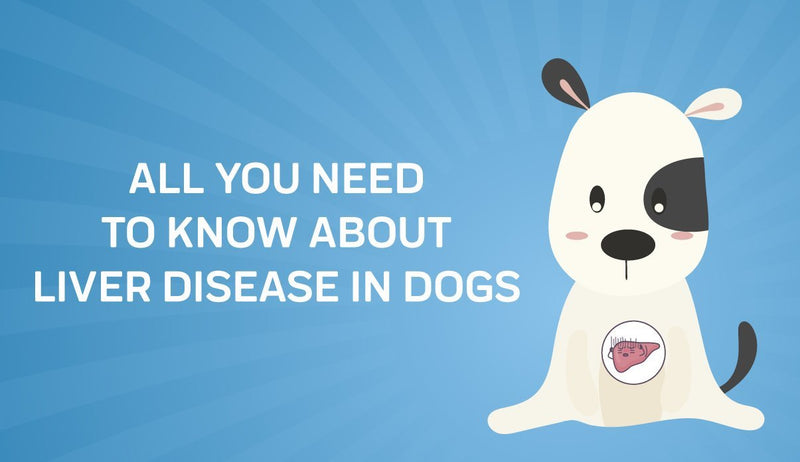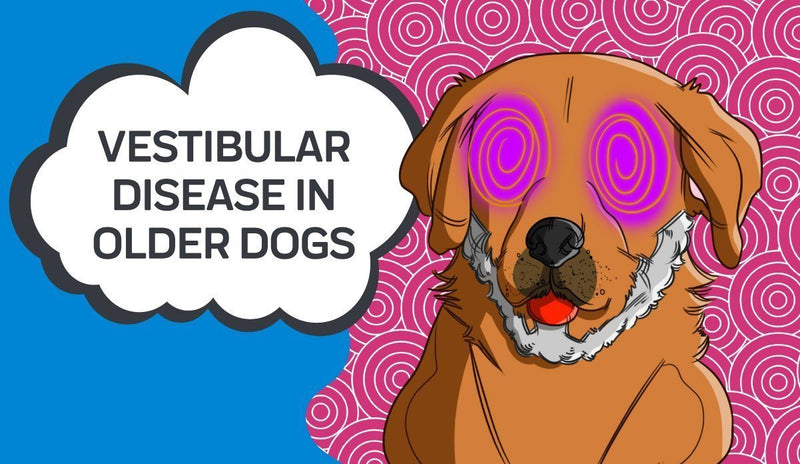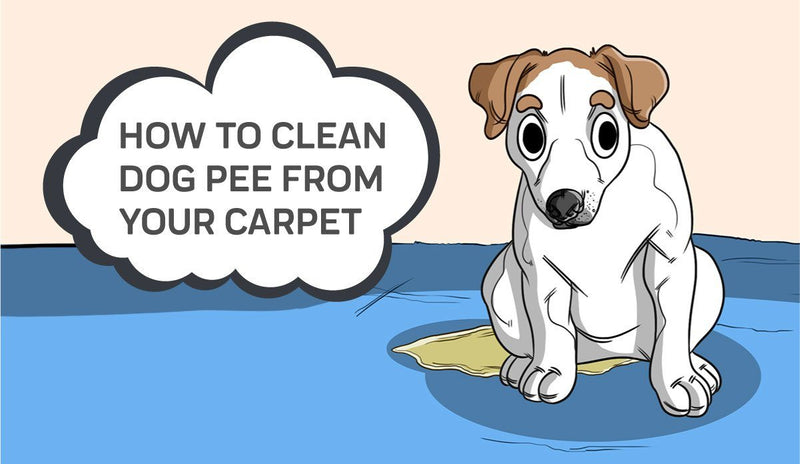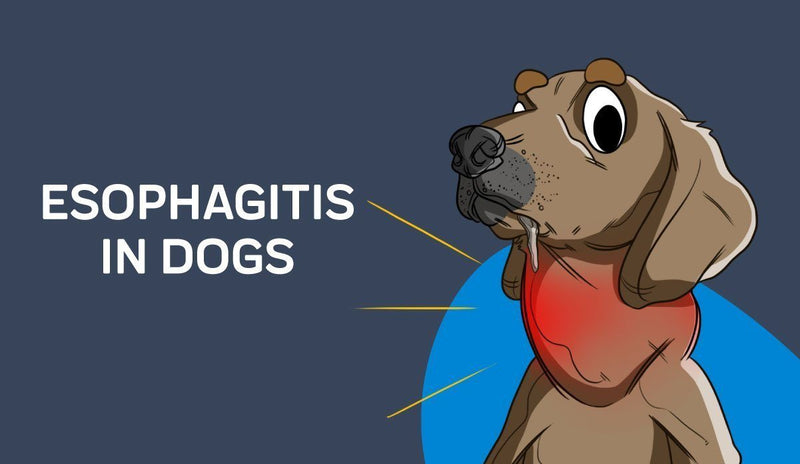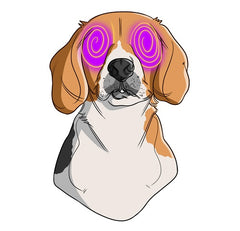
What Causes Hepatic Encephalopathy in Dogs
When a steadfast dog companion is not feeling well, it is understandably disconcerting to dog owners. A beloved pet might or might not have struggled with liver problems in the past, yet it appears as if they might be giving him some health issues now. Whether members of the family have observed their dog being confused or stumbling around, or even helped him through a dog seizure, it’s an obvious cause for concern. For the ones familiar with hepatic encephalopathy symptoms, it is hard to know if the condition may be to blame – or if it is just worried nerves talking.
Therefore, the question remains: what is the best method of finding out if he is affected and ensures his safety and health? This post from Innovet Pet Products offers an overview of hepatic encephalopathy in dogs in conjunction with useful details for pet owners.
What is Hepatic encephalopathy dogs?
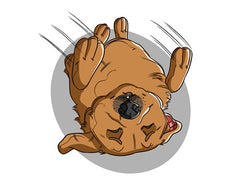
So, what’s hepatic encephalopathy in dogs? It sounds as if it is a frightening diagnosis, and while it isn’t anything to be ignored, remaining educated is critical. The name translates as “of or associated with the liver,” as well as “brain disease caused by toxins inside the blood” – put plainly, it means that a malfunctioning liver is impacting a canine’s health in an observable or severe way.
Specific “red flags” in his behavior over the past weeks or days might’ve been observed, like:
- “Drunken” or Slow Movement
- Sudden Unconsciousness
- Dizziness
- Seizures
Of those common canine hepatic encephalopathy symptoms, seizures might be the most telling, while the remainder might be attributed to a temporary environmental trigger. However, if all or any of them consistently show up, it is vital to book a trip to the vet as soon as you can, even if it is at an emergency clinic. Those symptoms arise due to the liver incorrectly processing ammonia inside the body, a condition which may occur as a part of a canine’s genetics or from additional health problems later in his life. This condition does not discriminate: it impacts dogs of any gender, breed, or age, and might appear both suddenly or gradually.
What Causes Hepatic Encephalopathy Dog?
What causes hepatic encephalopathy dog? Well, for canines that have a congenital cause – put another way, born with it – the problem usually occurs from a blood flow issue that surrounds the liver, referred to as a portosystemic shunt. As this happens, rather than the liver acting as it usually does to filter toxins such as ammonia out, the blood bypasses the liver and unfiltered toxins accumulate inside the brain. It causes noticeable symptoms in the congenitally impacted dog, commonly beginning within the first year of age.
Even if a dog is not born with the triggering congenital problem, the portosystemic shunt may happen for various other reasons later on in life, like from a bad response to a medicine or specific anesthesia during other clinical treatments. Put plainly, if a pup has ever been exposed to an outside toxin or a medicine which seemed to have adverse effects, it is critical to observe his condition for the indications of encephalopathy in dogs for the remainder of his life.
While degenerative by nature, discovering the condition early on gives vets the best variety of choices for treating an impacted canine’s symptoms. It is essential to discuss the cons and pros of any treatment routine with a veterinarian care team, and to be realistic about the positive results of the therapy pursued. Do not hesitate to ask questions – a pet owner is a canine’s best advocate, and he is counting on his owner for suitable care.
Canine Hepatic Encephalopathy Treatments
After the vet has determined through blood work or an exam that a canine is impacted by hepatic encephalopathy, they might suggest hospitalization. This does not necessarily mean the immediate circumstances are dire; it just gives them the best setting to test, treat, and observe a dog’s condition. This path will be the most likely one if he is having constant bouts of unconsciousness or seizures, providing the veterinarian with the best odds of stabilizing the impacted dog under an observing eye.
Once a vet thinks the pup is stable enough to head home, they will probably place him on a specialized diet formulated to assist his body in fighting off dog liver disease (more on this below). This routine is meant to decrease possible toxins going inside the body, ensuring that an already-taxed liver will not need to do extra heavy lifting. Other medicines, like supplements or additional treatments, might be prescribed to further support the healing. Some professionals suggest tucking pills in a spoonful of peanut butter, his favorite moist food, or likewise snack to assist in easing the anxiety and administration related to medication-time for both parent and pup.
In some instances, the family veterinarian also may tell you that an operation is an option – more notably if there is a case of the above-mentioned portosystemic shunt. While not an immediate cure, this treatment will assist the dog’s body to stop ferrying the toxins to the incorrect body part and might eliminate or ease some of the more dangerous symptoms such as seizures.
Dog Liver Disease: Symptoms, Signs, and Causes
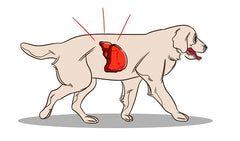
Dog liver disease may be caused by various things. This array of conditions involves pancreas problems, diabetes, fatty foods, long-range use of painkillers, and/or untreated heartworms. Specific mushrooms, molds, or algae also can be an instigating factor which leads to liver problems.
How exactly will liver disease happen? Canines are surrounded by toxins on a daily basis that may damage the liver and lead to issues down the road. Those toxins may come from lawn chemicals, environmental bacteria, neurotoxins discovered in heartworm medicine, aflatoxin, which is discovered in pollution, most dog foods, and also EMFs from smart phones and additional electronic mobile devices. There are toxins which might not be instantly apparent in our daily lives. Your pup’s liver might become weakened over a period of time, if he has an increased toxin exposure without relief.
If your pet is experiencing liver disease, it is vital for the vet to instantly know about his condition and unique symptoms he is suffering. She or he might need to alter your dog’s medications or diet as to not interfere with the present diagnosis. Depending upon how serious the symptoms are, the vet might opt to take a biopsy or blood sample to further assess the scenario and offer a more accurate prognosis and diagnosis.
Moreover, liver disease in canines might be the result of growing older, yet in some instances, it is genetic. Also, infection or trauma may affect a canine’s liver, as well. Here’s the bottom line: there isn’t any one thing which causes dog liver disease.
What are the Signs of Canine Liver Disease?
Once the dog becomes acclimated to your house, you will know his behavior patterns and routine. Anything out of the norm more than likely will cause you to pay more attention than usual. When the dog is suffering discomfort or pain, it is likely you will have the ability to tell based off specific symptoms he is experiencing.
The earlier you have the ability to detect liver disease signs, the better the opportunities of treatment are going to be with the clinical condition. Besides your routinely scheduled vet visits, keep a close eye out for any changes – small or big – in your dog’s behavior and appearance.
Specific indications of liver disease in canines might involve:
- Increased aggression or irritability
- Fatigue
- Poor appetite
- Dark urine
- Sinus issues
- Perceived pinkeye or eye discharge
- Infected, brittle, or dry nails
- Diarrhea
- Constipation
Signs like constipation or dark urine might be attributed to other non-associated issues, but still can be signs that the dog’s liver is not working as it should. As the liver is supposed to assist with detox, it may be difficult for it to keep up with the different toxins discovered in your pet’s food, living space, and overall environment.
If your dog is showing hepatic dog indications listed above on a regular basis, a trip to the vet may confirm if liver disease is the culprit. From that point, you and your pet’s healthcare provider may come up with a treatment strategy that will assist in keeping your dog as comfortable and healthy as possible.
Canine Liver Disease Symptoms
Additional symptoms you might observe in your dog might be the result of the indications of liver disease. For instance, if your dog is experiencing fatigue or diarrhea, he might have a lack of appetite contributing to these reactions. Lack of appetite may cause weight loss, which also can lead to increased weakness. Additional liver disease symptoms include seizures, jaundice, or bloody stools or urine in dogs.
These symptoms are frightening for pets and their dog owners; therefore, it is vital to be aware of all changes in your dog’s behavior and speak to a vet immediately if you have concerns. Whether the change is because of a temporary environmental factor or is the beginning of something more severe, it is better to have the dog checked out sooner instead of later to eliminate necessity for concern.
Symptoms typically also happen in groups because they occur concurrently or build off each another, which may make your pooch very ill. Knowing what symptoms and signs to watch for is one of the top methods of helping you be proactive about the dog’s health.
How to Prevent Liver Disease
The best method of helping your pet with liver disease includes preventing it from occurring in the first place. Annual examinations and scheduled vaccinations are crucial to your dog’s health. It also is vital that the vet is aware of all supplements and medications your pet is receiving. The mixture of specific medicines may cause harm to the liver. In addition, specific vaccinations might not be completely needed for your age or breed of dog.
While it isn’t possible to remove all toxins from a dog’s environment, there are many proactive ways to help the dog avoid liver disease. Talk to your vet about steps to take to preserve your pet’s health as much as you can. One area it’s possible to get started is with your pet’s diet.
Remove Toxins Through Diet and Additional Environmental Factors

You might not have the ability to eliminate all toxins, yet it’s possible to remove many. It begins with reevaluating your dog’s current diet. What types of foods are you relying upon most for nutrition? Instead of relying on processed food sources, reach for whole foods or food sources made without added preservatives or any non-organic ingredients, as much as you can. Nutritional, all-natural snack and food options may offer a healthy alternative for a dog without interfering with the remainder of his diet or any medicine plan.
Also, you may integrate liver-healthy foods which helps the organ perform its job of breaking toxins down. Talk about all diet changes with the dog’s vet first and keep track of your dog’s reaction to the changes. However, for starters, adding more fresh vegetables and fruits will help your pet’s liver. A dietary change may be positive for your pet’s general health, in addition to concentrating on cleansing the liver itself. It is good to do it at least two times per year. It aids in supporting the organ’s functions and decreases symptoms such as allergies, fatigue, autoimmune disease, arthritis, and much more.
Cleansing your pet’s liver begins with decreasing the quantity of processed foods or toxins within your dog’s food and giving your pet filtered water. Clean your house without using toxic chemicals. And decrease the quantity of unnecessary medications or vaccines. Detoxifying your house isn’t just good for your pet, yet good for you, too. Try and use organic goods as much as you can. If you are interested in how else to start removing the quantity of toxins impacting your dog, talk to a vet to get a thorough evaluations on what’s work better for your dog.
Treatment and Diagnosis
Liver disease in dog treatment is dependent upon offering help for symptoms of liver disease instead of curing the disease itself. Treatment might involve giving IV fluids to aid with dehydration and offer necessary nutrition for your dog.
Medication also may be a recommended treatment based upon the extent of liver damage the dog is experiencing. Since one of the organ’s jobs includes metabolizing medicine, more than likely your dog will get a smaller dose since it’ll take longer to pass through his body.
For liver disease like chronic hepatitis, corticosteroids for canines might be prescribed to reduce inflammation and assist in stimulating the appetite. But, too many corticosteroids inside the body may cause liver disease. It makes it extra critical to follow the prescribed medicine and dosages as offered by your vet. In most instances, medicines are given to assist with the symptoms causing pain as an outcome of liver disease. They also may assist in preventing ulcers which might develop inside the small intestine or stomach.
Also, it’ll be critical to give your dog proper nutrition and be very mindful of the caloric consumption and kinds of foods your dog is eating. In some instances, dogs that have liver disease might lose their appetite and avoid eating. If your furry pal isn’t sustaining his regular eating habits, he might have to undergo vet supervision to ensure he is receiving enough of the proper nutrition.
But, if you have the ability to regulate your pet’s condition at home, your vet may suggest a proper mixture of supplements and vitamins that help prevent deficiencies. In this phase of care, it is better to be as proactive as possible. While you might not have a liver disease cure, instilling a routine of improved medication and diet will assist your dog in living more comfortably for a longer time period.
Lifestyle Change
Much like human beings, as dogs grow older, the way they have the ability to avoid severe illness or consume whatever they want diminishes. You have to be ready to change the way you administer care for your dog and teach other people who care for him to do the same. If the dog needs a specific medication or stricter diet, it has to be communicated to all people who care for the dog. It includes all people from the dog daycare he spends his days at to your neighbor who might periodically sit for or walk your dog.
It isn’t enough to incorporate healthier habits for the short-term. A diagnosis of liver disease means an instant necessity for change toward a healthier lifestyle. Continually schedule consistent appointments with the veterinarian. Follow the treatment strategy as prescribed and take note of all disruptions that might arise between trips to the vet clinic.
Conclusion: Proactive Healthcare for Dog Wellness and Longevity
Hepatic encephalopathy happens in canines of all ages, shapes, and sizes, even if they seem happy and healthy. So, it is important for owners to stay proactive in their dog’s health throughout their lifetime. The best defense against the degenerative brain-liver disease is an active, healthy lifestyle, balanced diet, and excellent working relationship with a vet.
Sources:
Brain Disorder Due to Liver Disease in DogsHepatic Encephalopathy in Dogs
Hepatic encephalopathy
Hepatic Encephalopathy in Small Animals
Hepatic encephalopathy in dogs and cats











